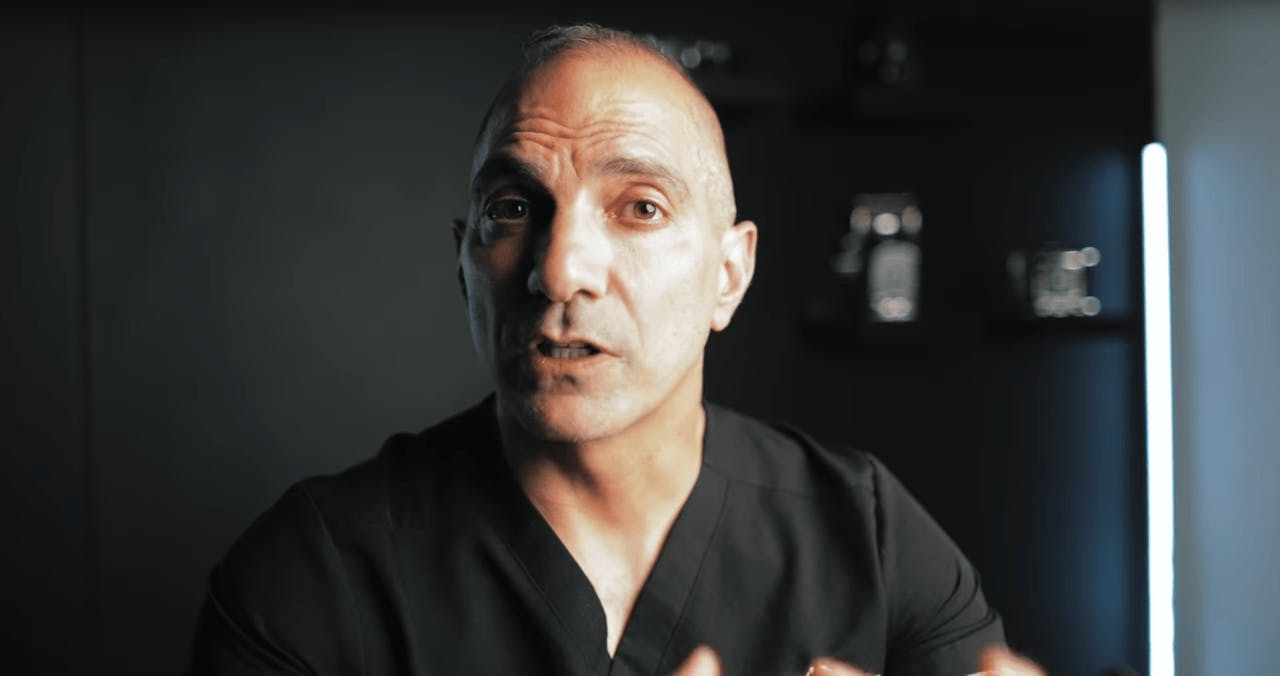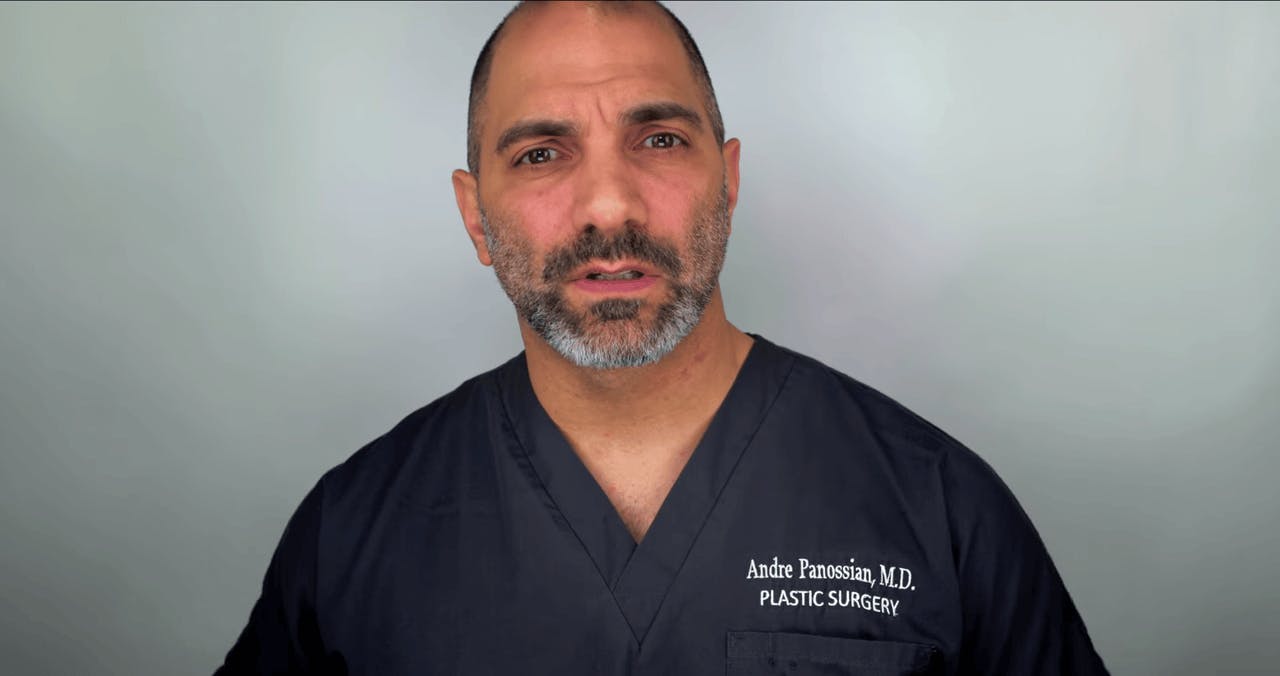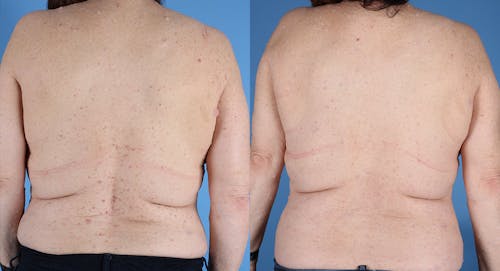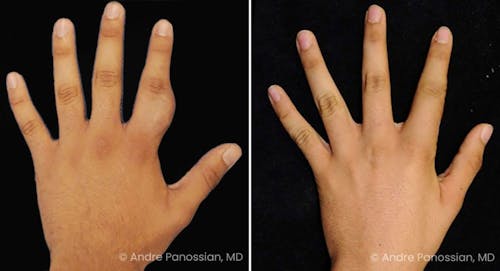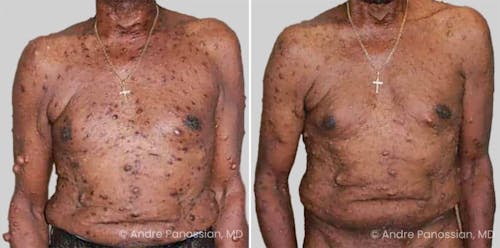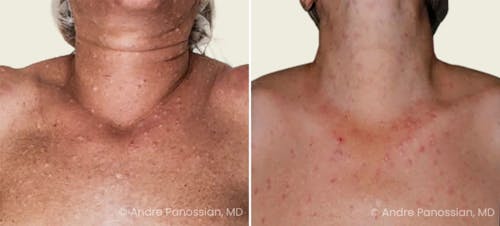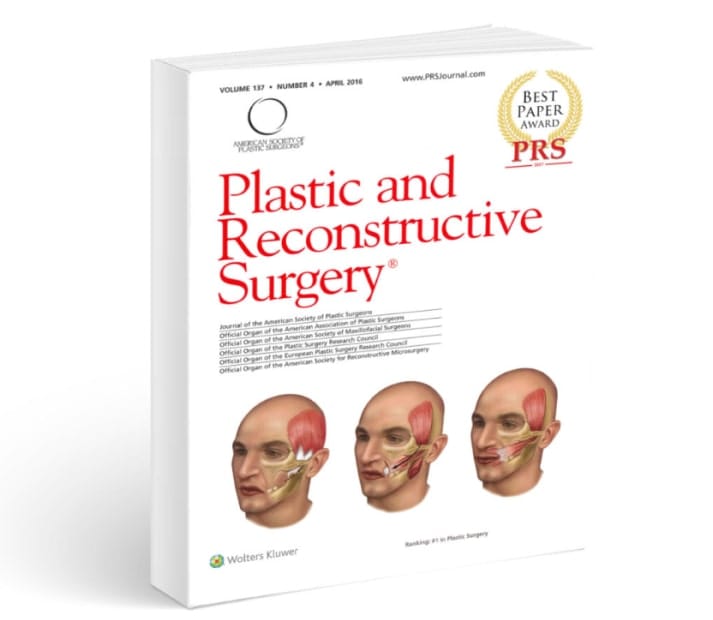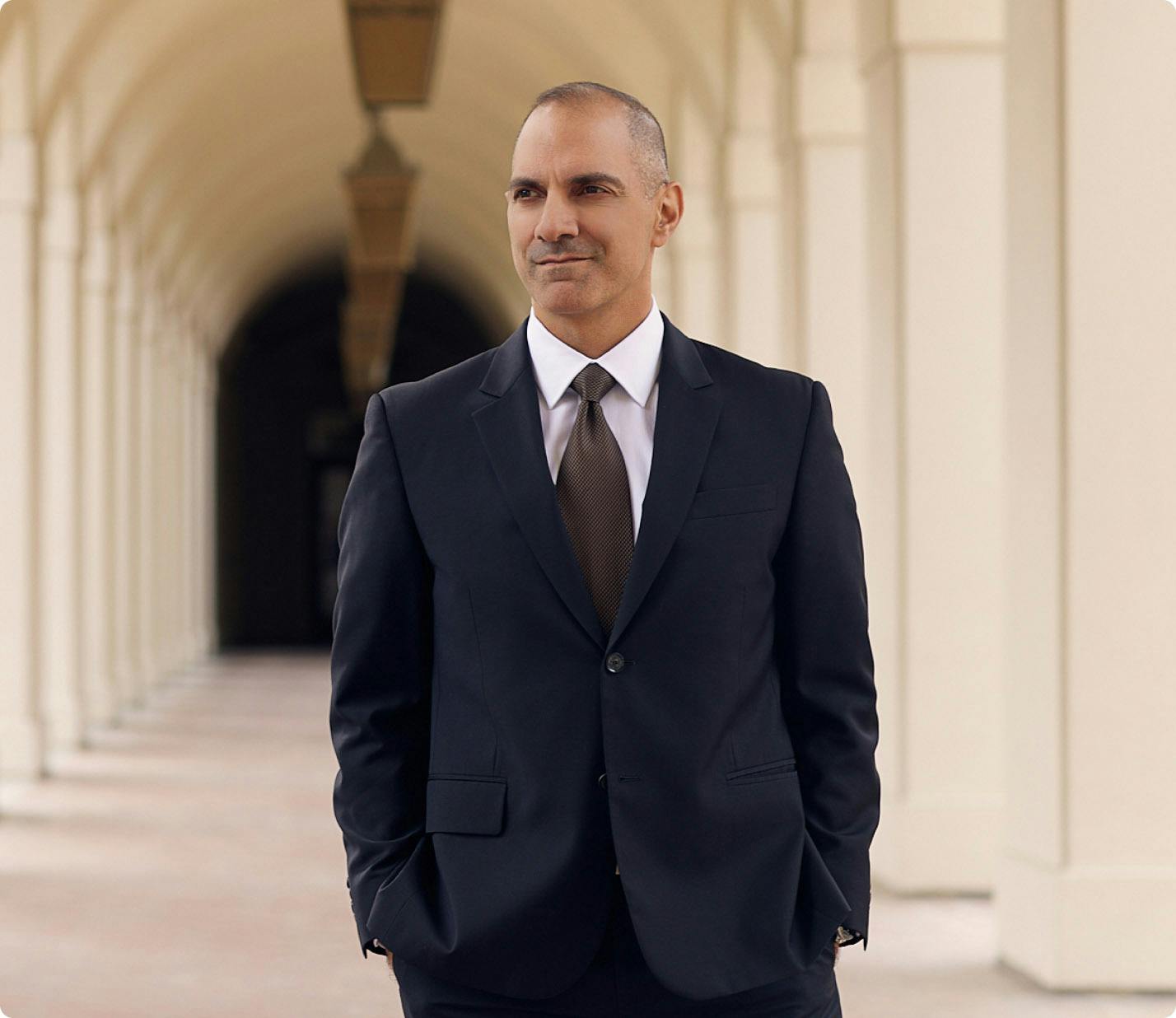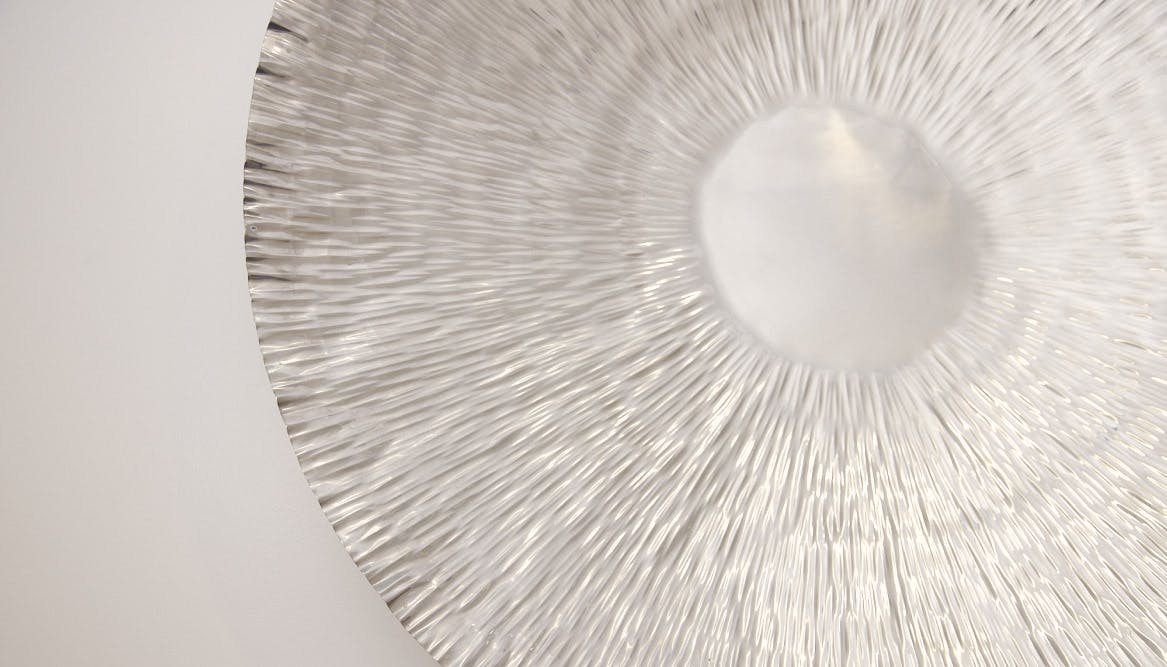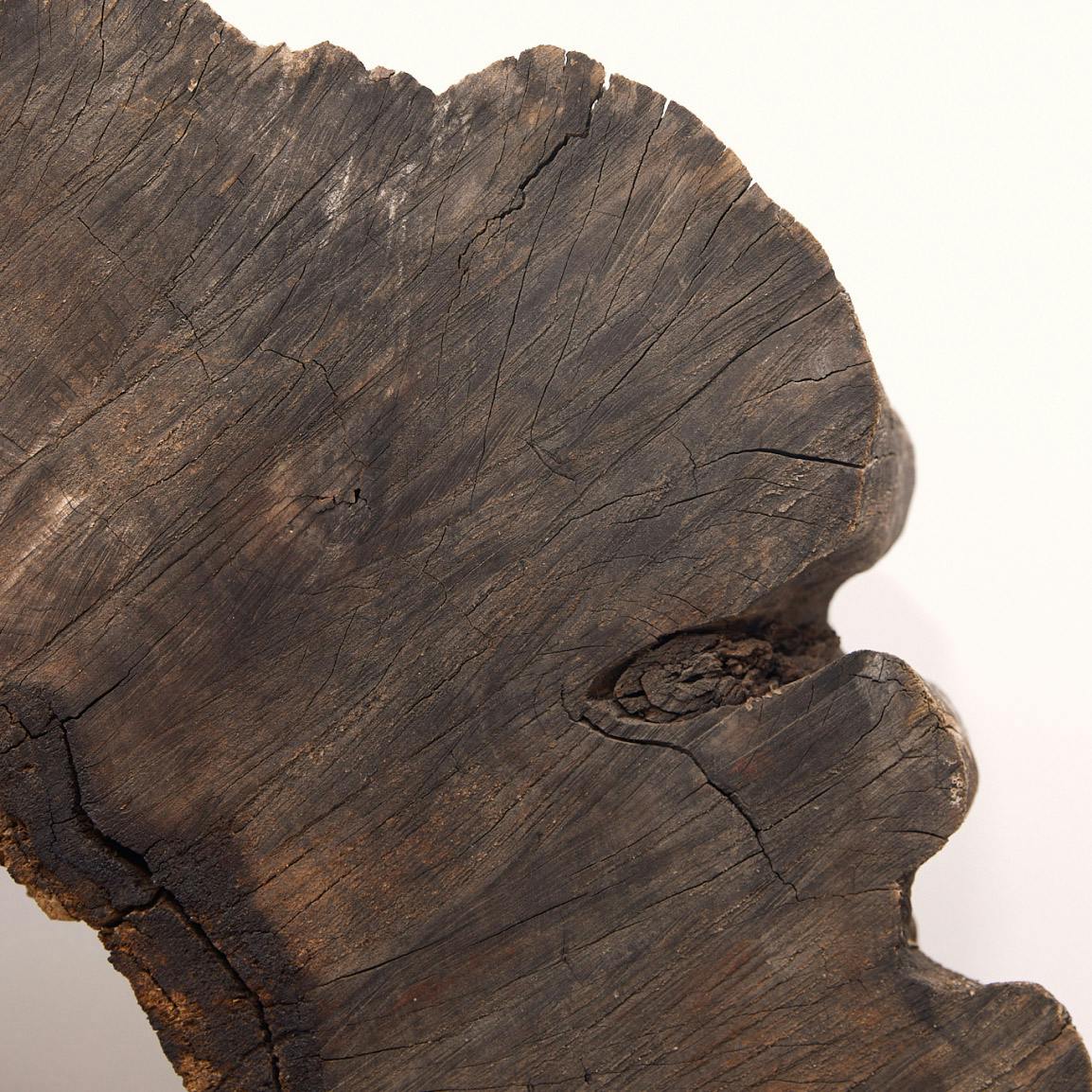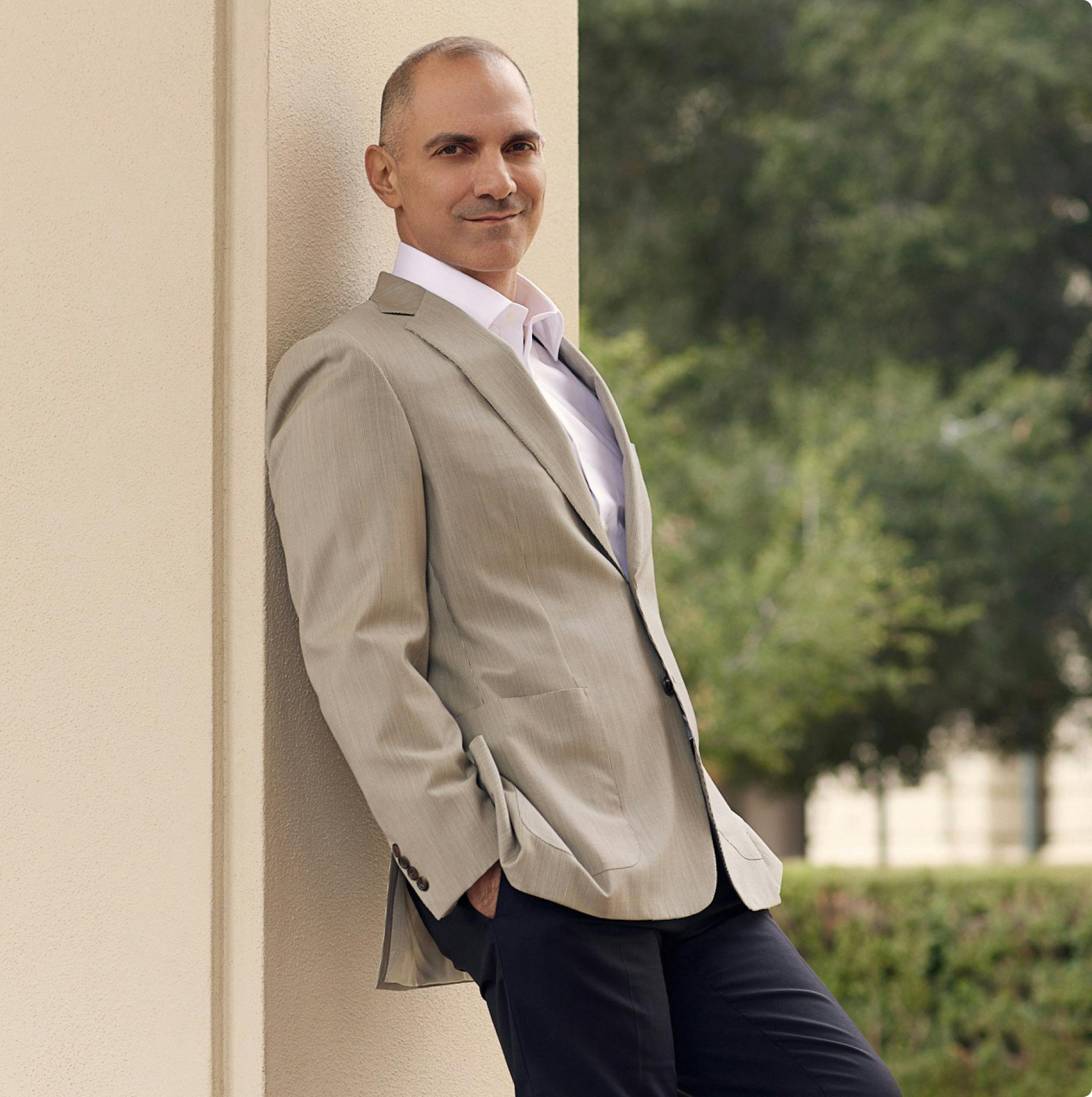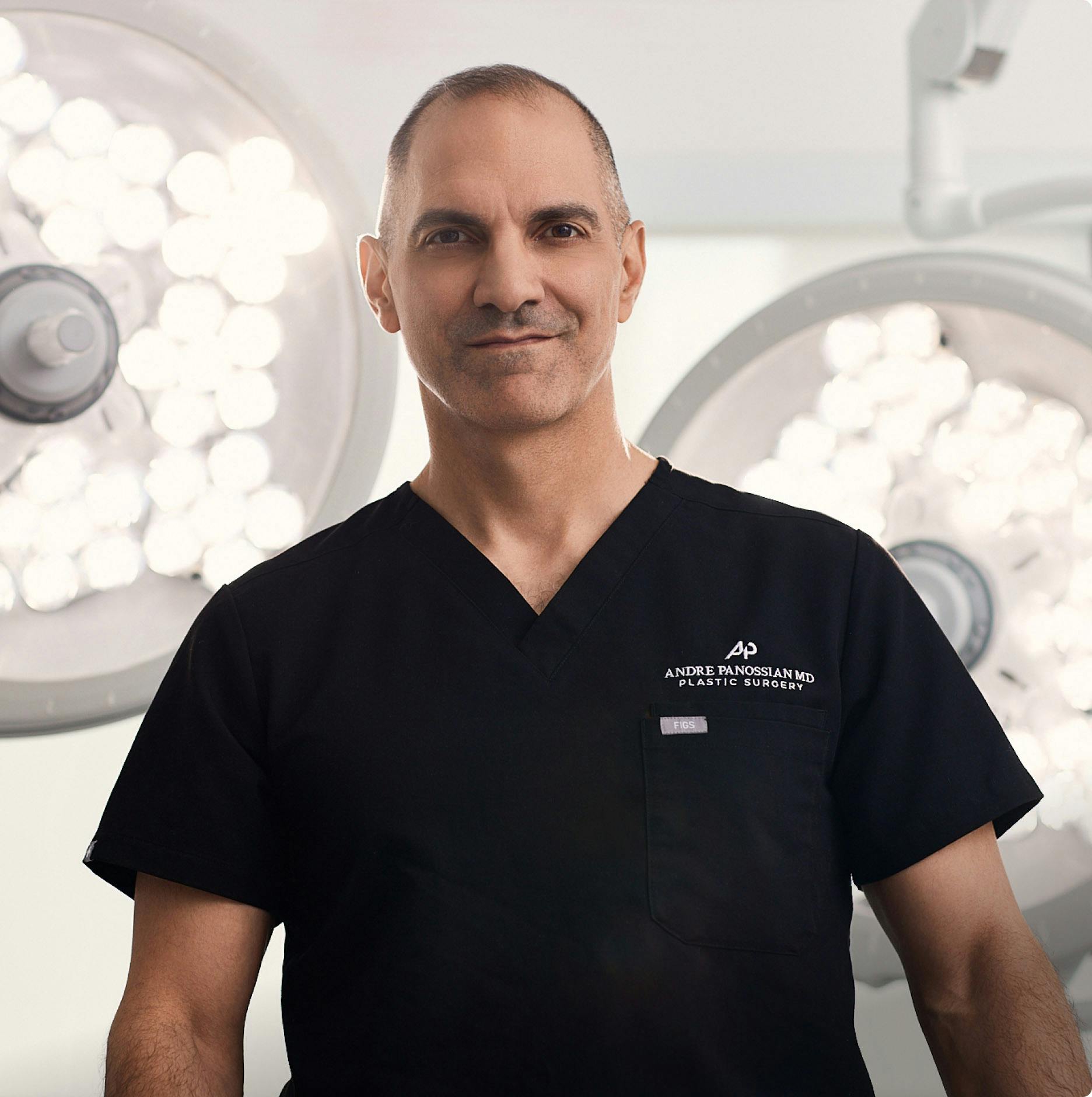Neurofibromatosis (NF) is a genetic disorder that causes tumors to form on nerve tissue. These tumors can develop anywhere in the nervous system, including the brain, spinal cord, and nerves.
What is Neurofibromatosis?
Neurofibromatosis is a genetic condition that causes the development of tumors on virtually any nerve in the body, including the brain and spinal cord. It is usually diagnosed in childhood and can be inherited from an affected parent in approximately one-half of patients. In other words, there is roughly a 50 percent chance that an affected parent will pass on the condition. In the remainder of patients, there is no known previous family history. Currently, there are 3 types of neurofibromatosis identified. Dr. Andre Panossian has been treating patients with neurofibromatosis for more than a decade. He recognizes the unique requirements and challenges faced by individuals with NF. His primary focus is in the surgical removal of NF tumors almost anywhere on the body, including major peripheral nerves. Throughout his approach, Dr. Panossian implements a logical surgical plan that takes into account the physiology of neurofibroma tumors. He frequently meets with patients from all over the world through seminars and conferences as well as Skype. Dr. Panossian is always striving to improve surgical techniques to minimize scarring and to maintain long-term reduction of tumors.





